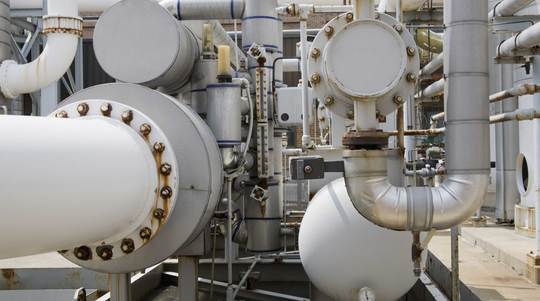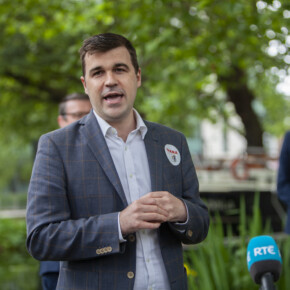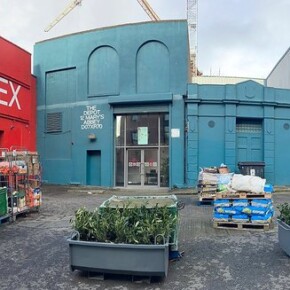New Ringsend water treatment plans on display
Dublin People 21 Apr 2012
SOUTHSIDERS are now able to view new plans for a major extension to the Ringsend Wastewater Treatment Works until May 25.
The works are designed to facilitate population growth and future development in the Dublin region.
Dublin City Council is to apply to An Bord Pleanála for permission to extend the Ringsend Wastewater Treatment Works that were identified in the Greater Dublin Strategic Drainage Study as essential for the development of a sustainable drainage system.
This regional facility treats wastewater from Dublin City Council, as well as from parts of Fingal, South Dublin, Dun Laoghaire Rathdown and Meath County Council areas.
The Ringsend works will be extended to cater for future demand while maintaining a high level of treatment. It will also remove the treated water discharge from the environmentally sensitive Liffey River Estuary using a new sea outfall tunnel under the seabed to a point approximately nine kilometres further offshore.
The new location will take advantage of improved dilution and dispersion due to greater water depths and stronger tidal currents. It will move the treated water further from bathing waters and wildlife sanctuaries and is designed to further improve the value of the bay and the estuary as cherished public amenities.
According to Pat Cronin, executive manager,
‘Long Sea Outfalls’ have been employed at some of the largest coastal cities in the world.
“Many, including Barcelona, Miami Beach, Sydney, Boston and Lisbon are known for their vibrant harbours and recreational opportunities,
? he said.
“Dublin City Council is proposing this extension to meet current and future requirements to treat our wastewater. These proposals would allow the Ringsend Plant to treat wastewater for a population equivalent of 2.1 million, which is just 30 per cent above current capacity.
“Currently, the plant discharges treated effluent into the Lower Liffey Estuary on the Poolbeg Peninsula. This area has been designated as a sensitive water body under the EU Urban Waste Water Treatment Regulations as it is vulnerable to enrichment by nutrients.
?
The EIS can be viewed at the Dublin City Council Planning Counter, Block 4, Ground Floor, in the Civic Offices on Wood Quay and Ringsend Library in Fitzwilliam Street, Dublin 4.
Observations and submissions to An Bord Pleanála, located in 64 Marlborough Street, Dublin 1, are invited during the display dates.











